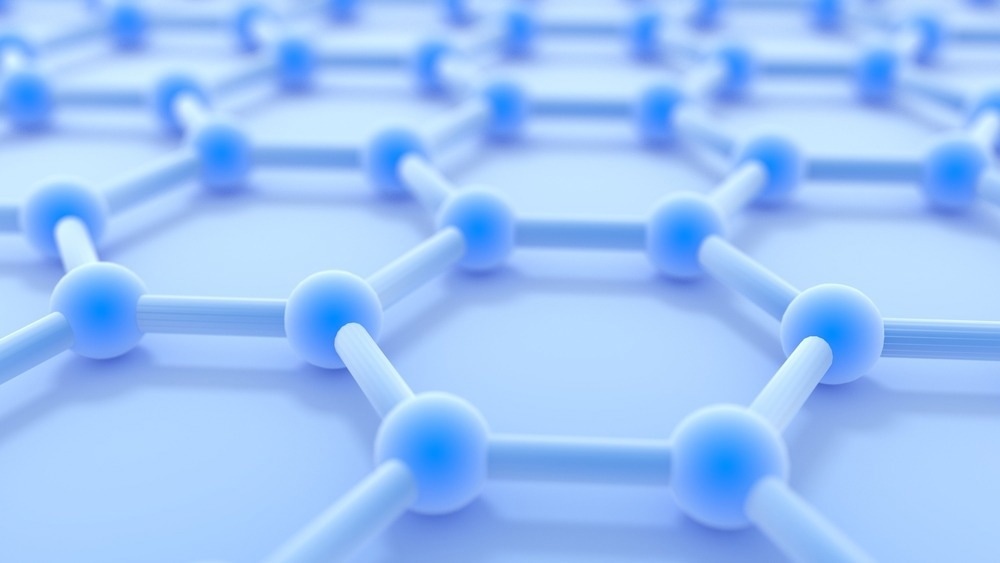In a conventional planar silicon field effect transistor (FET), the gate controllability weakens as its lateral dimension becomes smaller than the transistor thickness. This results in adverse short-channel effects, such as leakage current, saturation of the carrier mobility in the channel, channel hot-carrier degradation, and time-dependent dielectric breakdown.
Image Credit: ShutterStock/James A Isbell
To help resolve this, the transistor body thickness would need to be reduced to ensure effective electrostatic control via the gate.
As a result of the atomic thickness and dangling bond-free surface of two-dimensional (2D) materials, theoretical studies have demonstrated that 2D transition metal dichalcogenides (TMDs), in particular, can outperform Si as the channel material, enable the atomic-level scaling, excellent electrostatic gate control, decrease off-state power consumption and further extend Moore’s Law.
Techniques to understand the inherent physical and electrical properties of freshly deposited 2D materials play a vital role in linking the quality of these materials to the performance of devices based on them.
This connection helps improve the understanding, control, and enhancement of 2D material-based devices.
However, methods to analyze the intrinsic electrical properties of as-deposited 2D materials on a nanoscale without transferring or patterning them are limited. This includes scanning probe microscopy (SPM) is used to investigate the intrinsic electrical properties of as-deposited 2D TMDs.
Conductive atomic force microscopy (CAFM) is applied directly to the as-grown 2D materials’ surface without patterning. CAFM establishes a relationship between the electrical conductivity of as-grown 2D materials and their topography, connecting electrical properties to physical characteristics like layer thickness and chemical bonds.
This provides comprehensive insights into as-deposited 2D materials and their impact on 2D-material-based nanoelectronics.
This information has been sourced, reviewed and adapted from materials provided by Park Systems.
For more information on this source, please visit Park Systems.



